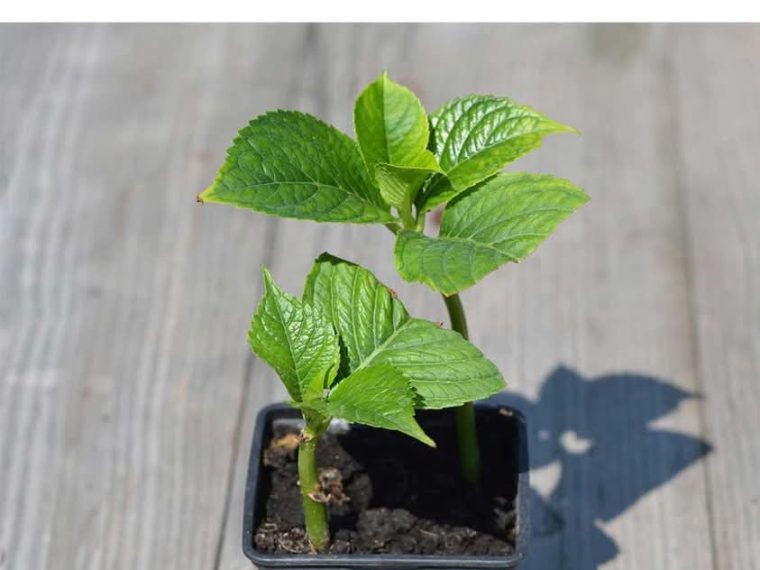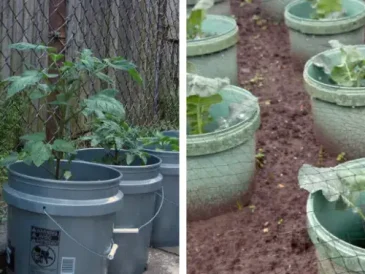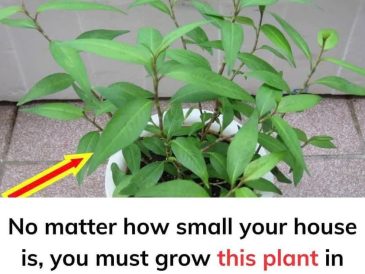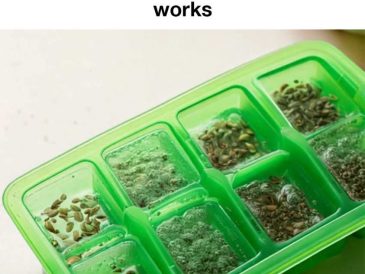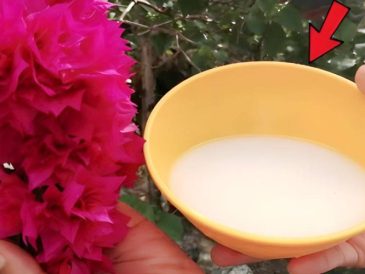Succulents come in a wide variety of shapes and colors and can be easily propagated from leaf or stem cuttings. Allow the cuttings to dry and callus before planting them in a well-draining soil mix. Succulents thrive in bright light and require minimal watering, making them ideal for xeriscaping or indoor arrangements.
12. Begonia: Encouraging Lush Foliage
Begonias are known for their attractive foliage and can be propagated from leaf or stem cuttings. Take a cutting and dip it in rooting hormone before planting it in a pot with a well-draining mix. Begonias prefer bright, indirect light and consistently moist soil, making them suitable for indoor or shaded outdoor gardens.
13. Coleus: How to Achieve Colorful Leaves
Coleus plants are prized for their vibrant foliage and can be propagated from stem cuttings. Take a cutting from a healthy plant and remove the lower leaves. Place the cutting in water until roots form, then plant it in a pot with well-draining soil. Coleus thrives in partial shade and requires regular watering to maintain its colorful leaves.
14. Philodendron: Easy Care and Propagation
Philodendrons are popular houseplants that are easy to propagate from cuttings. Take a cutting with at least one node and place it in water until roots develop. Once rooted, plant the cutting in a pot with well-draining soil. Philodendrons prefer bright, indirect light and are known for their air-purifying properties.
15. Rosemary: Culinary and Ornamental Uses
Rosemary is a fragrant herb that can be propagated from cuttings. Take a 4-6 inch cutting from a healthy stem and remove the lower leaves. Dip the cut end in rooting hormone and plant it in a pot with sandy soil. Rosemary prefers full sun and well-drained soil, making it a versatile plant for both culinary and ornamental uses.
16. Sage: Benefits and Growth Techniques
Sage is a hardy herb that can be propagated from cuttings. Take a cutting from a healthy stem and remove the lower leaves. Dip the cut end in rooting hormone and plant it in a pot with well-draining soil. Sage prefers full sun and is drought-tolerant, making it a great addition to herb gardens or xeriscapes.
17. Thyme: Aromatic and Hardy Growth
Thyme is an aromatic herb that can be propagated from cuttings. Take a 3-inch cutting from a healthy stem and remove the lower leaves. Dip the cut end in rooting hormone and plant it in a pot with sandy soil. Thyme prefers full sun and well-drained soil, making it ideal for rock gardens or as a ground cover.
18. African Violet: Ensuring Vibrant Flowers
African violets are popular houseplants known for their vibrant flowers. To propagate, take a leaf cutting and plant it in a pot with a well-draining mix. Keep the soil moist and provide bright, indirect light. African violets thrive in warm, humid conditions, making them perfect for indoor gardens.
19. Snake Plant: Low Maintenance Propagation
Snake plants are hardy and easy to propagate from leaf cuttings. Cut a leaf into sections and let them dry for a few days. Plant the sections in a pot with well-draining soil. Snake plants are tolerant of low light and infrequent watering, making them ideal for beginners or busy gardeners.
20. ZZ Plant: Resilient and Easy to Grow
ZZ plants are known for their resilience and can be propagated from leaf cuttings. Take a leaf cutting and let it dry before planting it in a pot with a well-draining mix. ZZ plants thrive in low light and require minimal care, making them perfect for offices or low-maintenance gardens.
Caring for Your New Plants: Watering and Fertilization
Proper care is essential for the success of your propagated plants. Water the plants regularly, ensuring the soil is consistently moist but not waterlogged. Use a balanced fertilizer to provide essential nutrients and promote healthy growth. Adjust watering and fertilization based on the specific needs of each plant species.
Troubleshooting Common Propagation Issues
Propagation can sometimes present challenges, such as cuttings failing to root or developing mold. Ensure that you are using clean tools and containers to prevent contamination. Maintain the right humidity and temperature levels, and be patient, as some plants take longer to root than others. If issues persist, reevaluate your techniques and make necessary adjustments.
Conclusion: Enjoying Your Lush Backyard
By propagating plants from cuttings, you can create a lush and diverse backyard without spending a fortune. With patience and care, your garden will flourish, providing beauty and tranquility. Enjoy the process of nurturing your plants and watching them grow, knowing that you’ve created a thriving oasis with your own hands.

